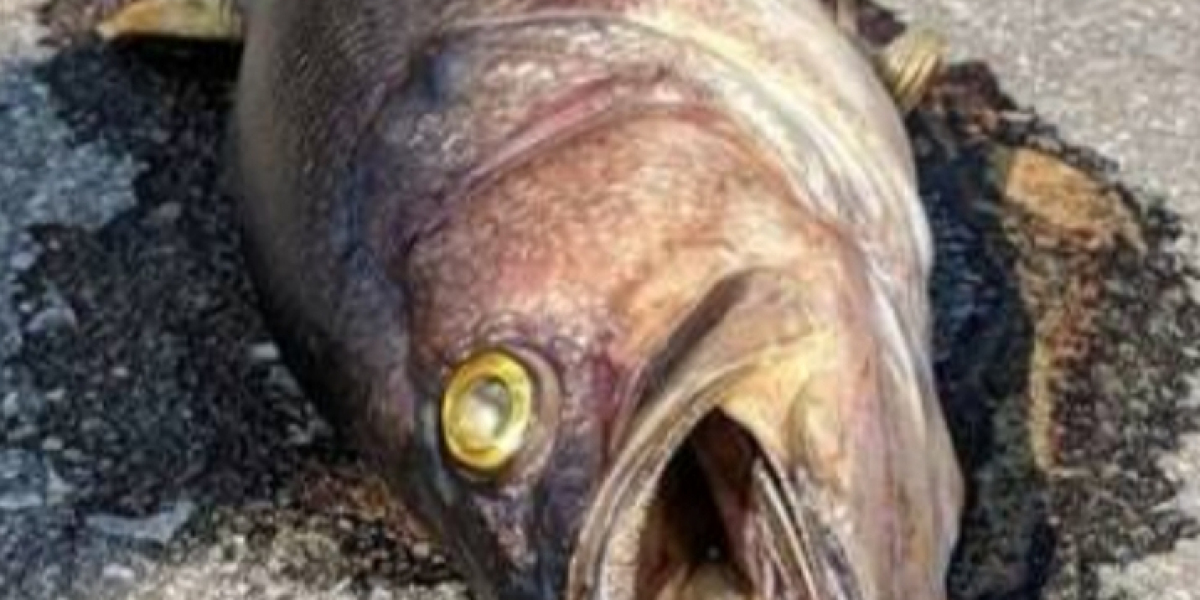Title: The Process of Fish Spoilage: Starting with the Head
Introduction:
In the world of food safety and preservation, understanding the process of fish spoilage is crucial. One key aspect of this process is the role played by bacteria, particularly in the head of the fish. In this essay, we will explore how fish spoilage begins in the head due to the presence of bacteria and the factors that contribute to this process.
The Role of Bacteria in Fish Spoilage:
Bacteria are naturally present in the environment, including bodies of water where fish live. When a fish is caught and harvested, these bacteria can transfer to the fish's surface, including the head. Bacterial growth and activity play a significant role in the spoilage of fish. The head of the fish, specifically the gills, provides an ideal environment for bacteria to thrive due to its moist and nutrient-rich nature.
Factors Contributing to Fish Spoilage:
Several factors contribute to the spoilage of fish, starting from the head. These factors include temperature, pH level, moisture content, and oxygen availability. When fish are not properly stored or refrigerated, the temperature can rise, creating an environment that promotes bacterial growth. Additionally, if the pH level of the fish is not optimal, typically slightly acidic, bacteria can multiply more rapidly. Moisture content is another critical factor, as excessive moisture can encourage bacterial growth. Lastly, the presence of oxygen can accelerate the spoilage process, as certain bacteria thrive in aerobic conditions.
Fish Head as the Starting Point of Spoilage:
The head of the fish is particularly prone to bacterial growth and subsequent spoilage due to the presence of the gills. The gills serve as the respiratory organs of the fish, where oxygen exchange occurs. However, this also means that bacteria can easily access the fish's internal tissues through the gills. Bacterial contamination of the gills can spread to other parts of the fish, leading to accelerated spoilage. Moreover, the head contains a higher concentration of organic matter, such as proteins and lipids, which act as nutrients for bacteria, further promoting their growth.
Preventing Fish Spoilage:
To minimize fish spoilage, it is essential to handle and store fish properly. This includes ensuring that fish are caught, transported, and stored at appropriate temperatures, typically below 4°C (39°F), to slow down bacterial growth. Removing the head from the fish can also help to extend its shelf life, as it eliminates the potential source of bacterial contamination. Additionally, maintaining cleanliness and hygiene during fish handling and processing is crucial to prevent bacterial cross-contamination.
Conclusion:
Understanding the process of fish spoilage, starting from the head where bacteria colonize the gills, is vital for ensuring food safety and quality. The head of the fish provides an environment conducive to bacterial growth due to its moisture and nutrient content. Factors such as temperature, pH level, moisture, and oxygen availability contribute to the spoilage process. Minimizing fish spoilage involves proper handling, storage, and cleanliness practices. By implementing these measures, we can preserve the freshness and extend the shelf life of fish, ensuring that consumers can enjoy safe and high-quality seafood.







